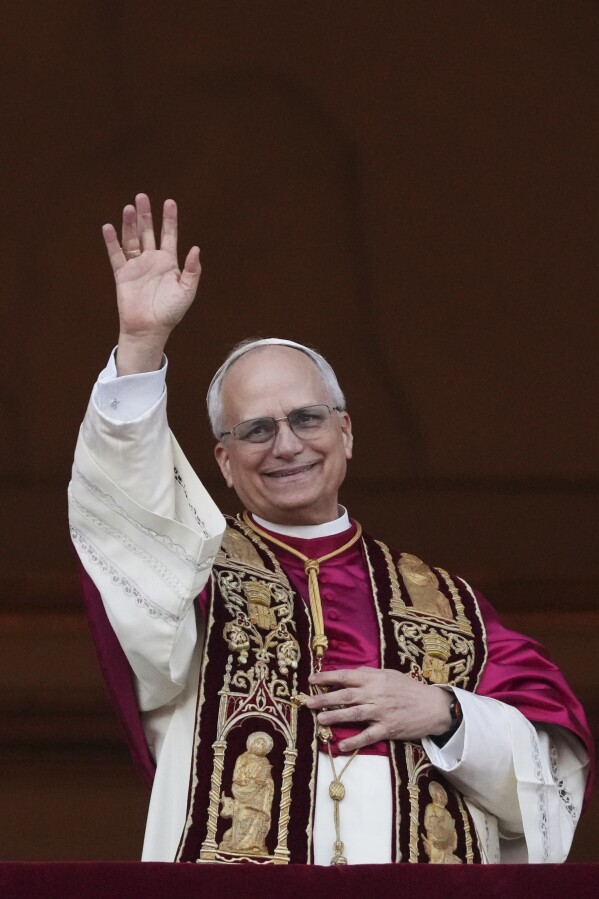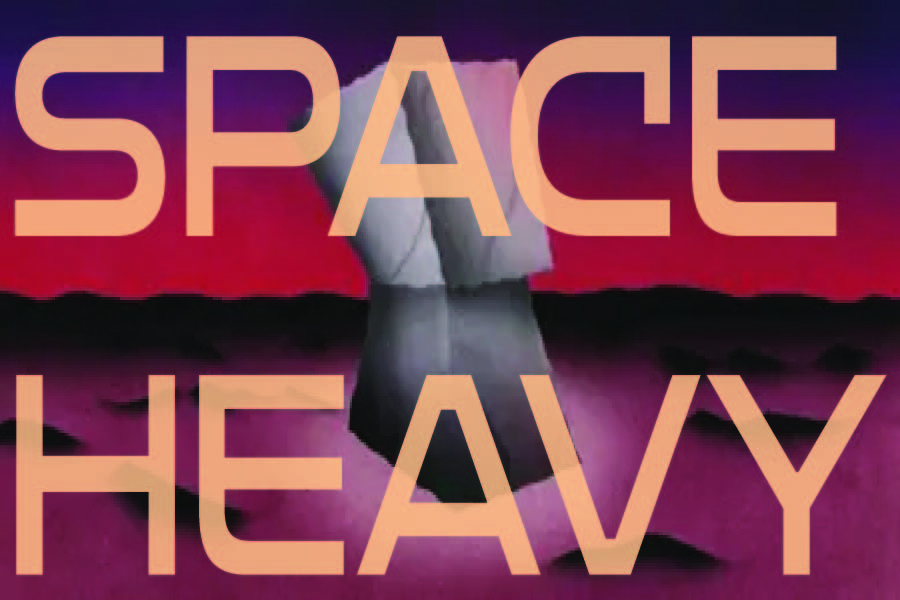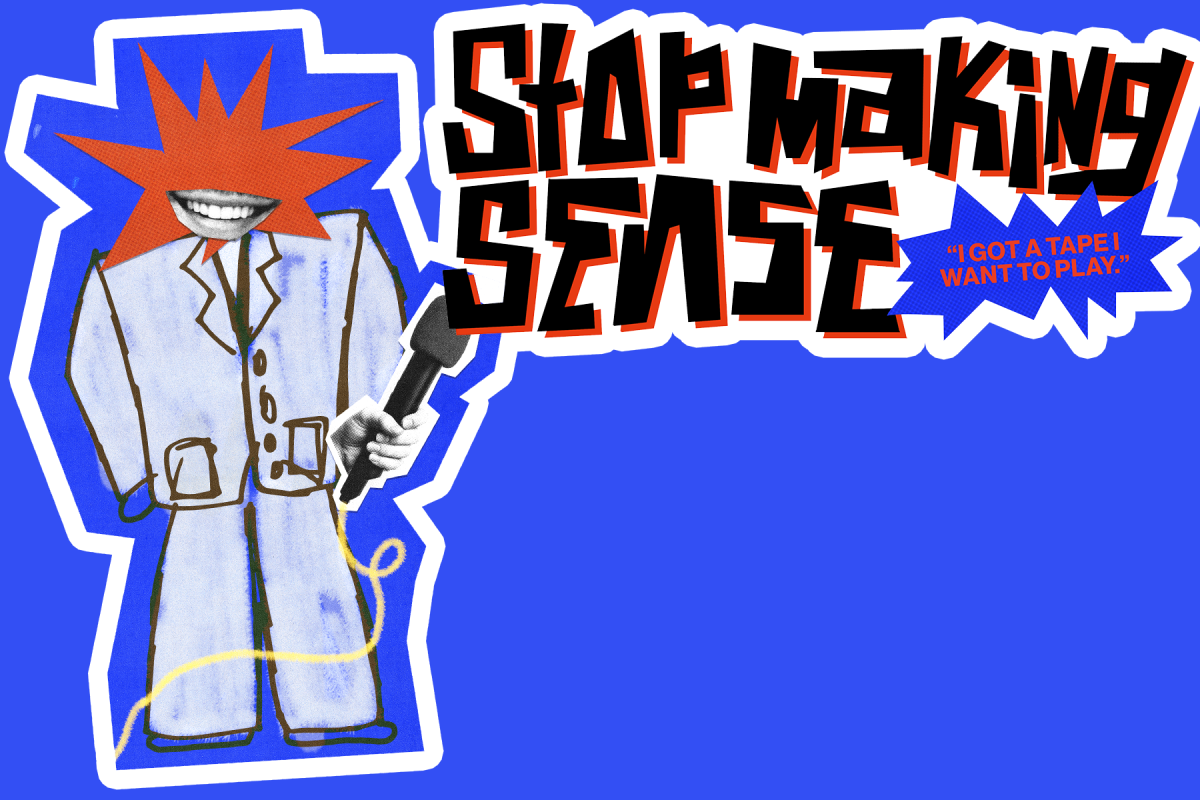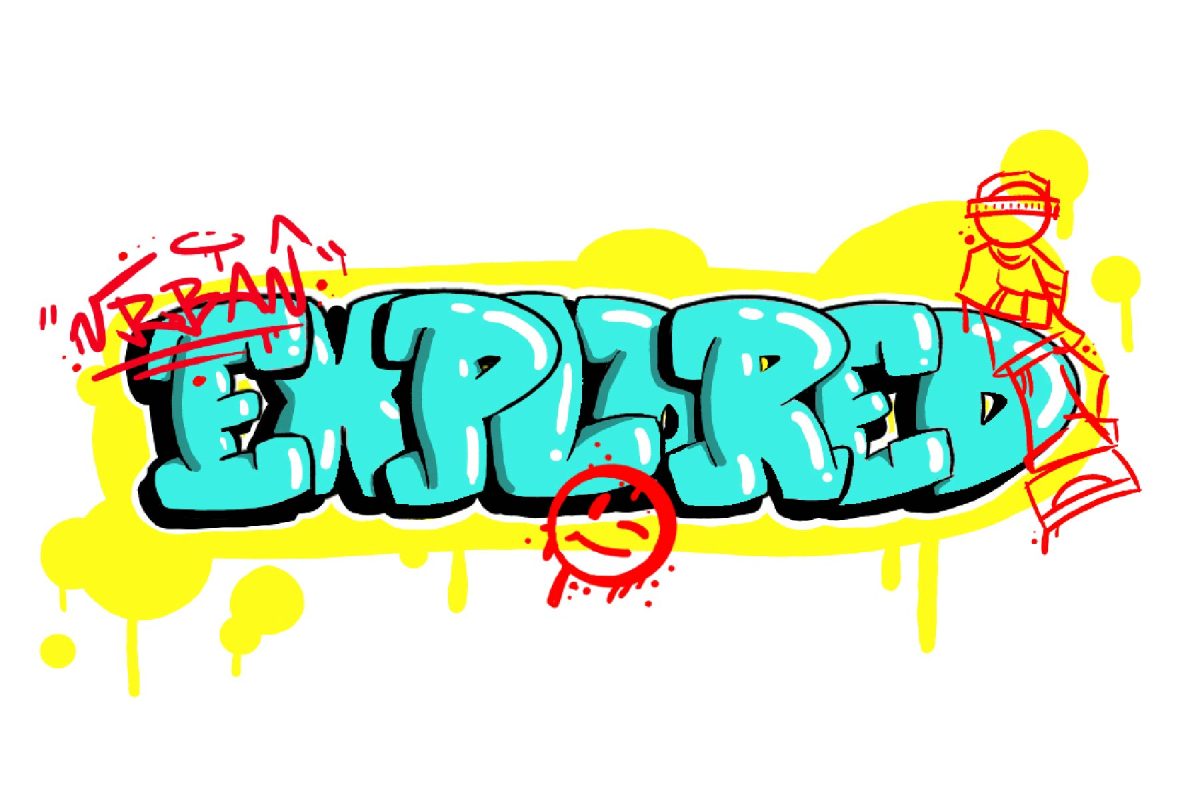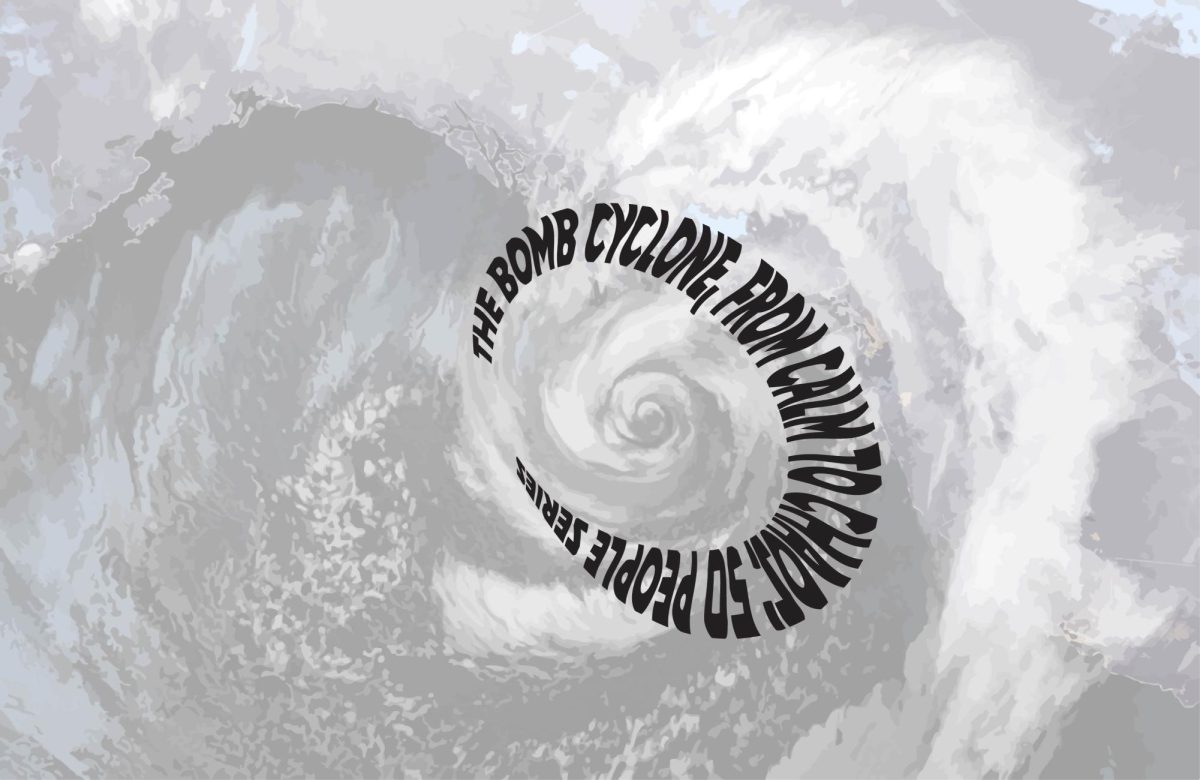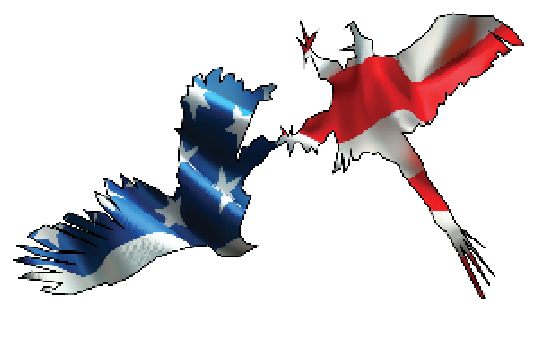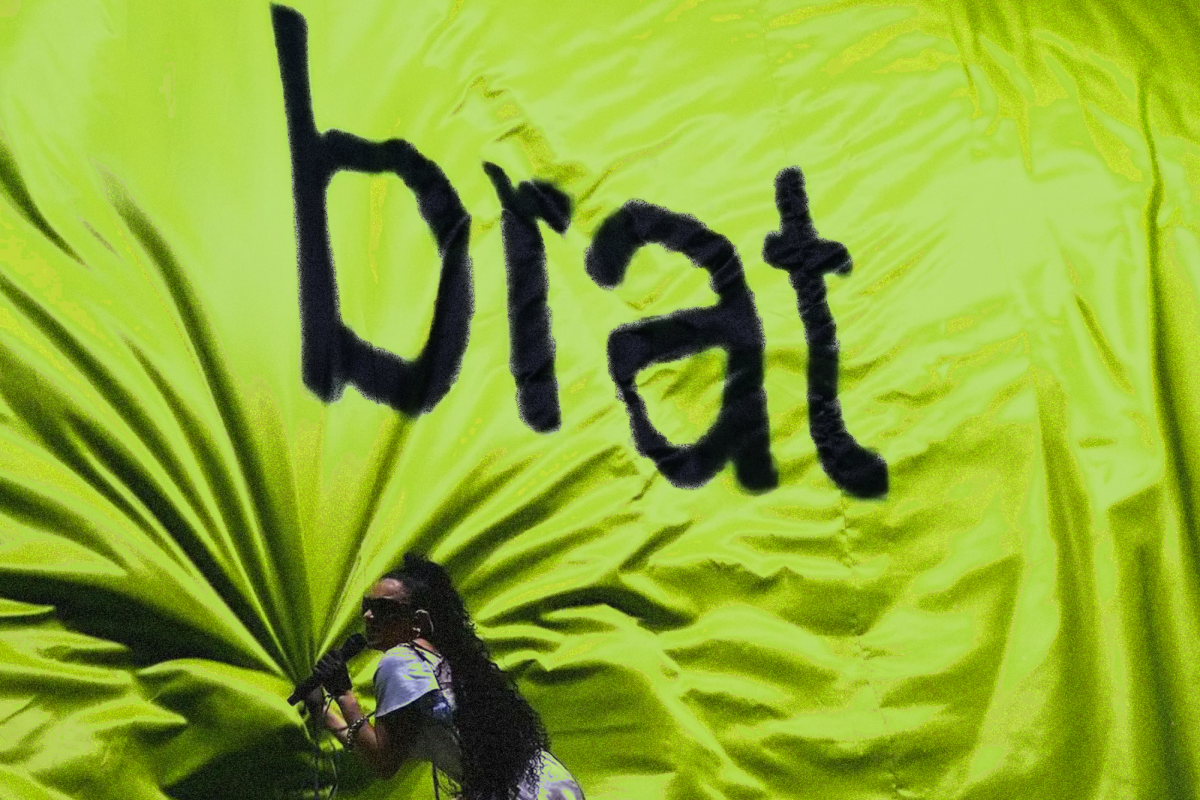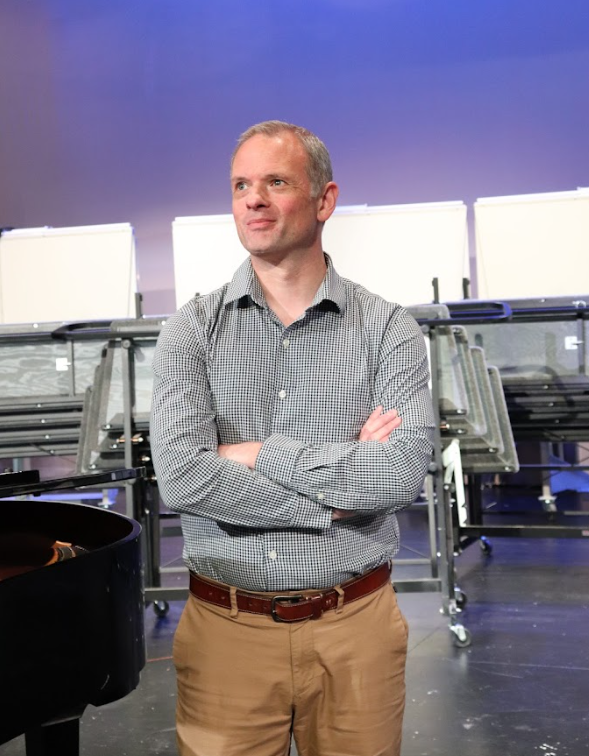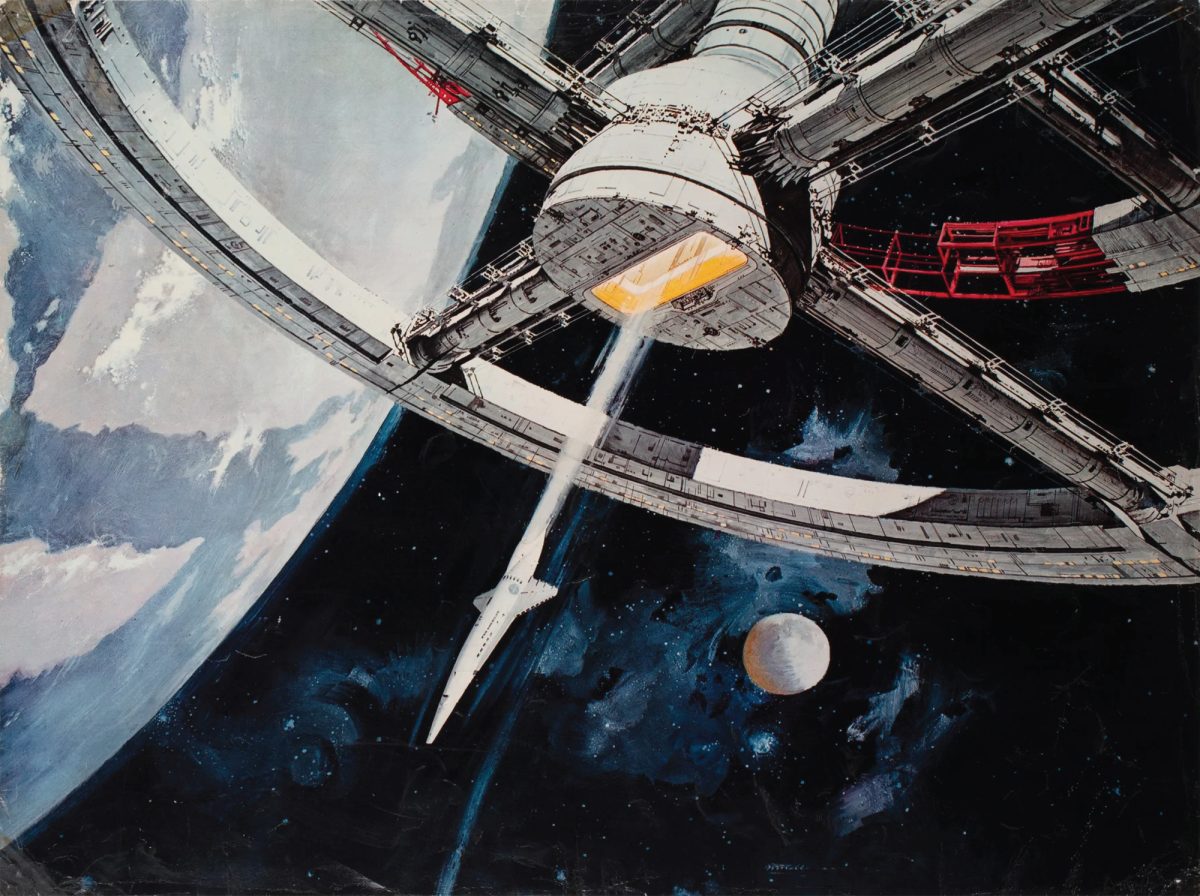Stanley Kubrick’s 2001: A Space Odyssey (1968) is a groundbreaking film that transcends the norms of filmmaking and storytelling, presenting a philosophical exploration of humanity, our relationship with technology and otherworldly beings. The film, adapted from Arthur C. Clarke’s story “The Sentinel,” is widely regarded as a landmark in science fiction, with its unconventional narrative, groundbreaking visuals, and technical achievements providing a lens through which viewers can examine humanity’s past, present, and future.
At its core, 2001: A Space Odyssey is a story of humanity’s relationship with evolution and technology. The film begins with the iconic “Dawn of Man” sequence, depicting early pre-evolutionized humans struggling for survival. The discovery of a mysterious Monolith triggers a leap in their understanding of human actions, symbolized by their future use of weapons. This moment marks the birth of human civilization, highlighting the connection between technological creations and societal advancements. However, the juxtaposition of the Monolith’s mysterious presence with the violence that develops between the monkeys (early humanoid figures) raises the question about the morality of human progression.
The Monolith is sleek and black, with no real features. It’s a vessel for multiple meanings. At the end of the day, the Monolith is a catalyst for evolution, an object of cosmic intelligence that intervenes at key moments in human development. But it’s also a metaphorical mirror, reflecting humanity’s journey and our role in interpreting the story and grappling with the more significant questions. Because, in reality, that film gives you no answer, we have no idea what the Monolith is used for, we’re just given questions to talk about among ourselves, and I think that’s the real meaning of that movie, that being, why are we here? Throughout the film, the Monolith appears at key moments in human history, starting with “Dawn of Man” at the beginning of human history.
Later, in 2001, the Monolith reappeared on the Moon, sparking humanity’s curiosity and driving the mission to Jupiter. Its role as a beacon underscores its connection to progress and discovery. Finally, the Monolith’s appearance near Jupiter facilitates astronaut Dave Bowman’s transcendence into the Star Child, symbolizing humanity’s potential to evolve beyond physical and intellectual limitations.
While the Monolith is a clear catalyst for change and development within the film, it also functions as a mirror for the audience. Its dull but glossy surface invites the viewers to project their interpretations of the Monolith. Much like the characters in the story project their reactions of fear, awe, and curiosity. The Monolith does not explain itself; its silence is frustrating and intense, forcing viewers to confront their understanding of progress, technology, and the unknown.
In many ways, the Monolith parallels the experience of watching the film itself because, at its core, the Monolith is just a reminder of humanity’s duality; we are both extraordinary and downright dull. The evolutionary leap of the first tool/weapon being used to that last leap of wielding humans into star children suggests that humanity has the potential for greatness. Yet, it exposes our fragility, with our dependence on external focus to push us forward.
Without the Monolith, would apes have ever grasped the bone and used it as a weapon? Without the Monolith, would humanity ever reach the stars? This dependence suggests that humans, despite our achievements, remain dull and incomplete, waiting for something greater to push us to the next stage of evolution.
For the viewer, the Monolith becomes a reflection of their own life and potential. Its surface symbolizes the mysteries and questions we encounter. Of, why are we here? What comes next? The Monolith provides no definitive answers, forcing us to look inward. In this sense, it is a metaphor for self-reflection, challenging us to examine our own lives and the ways we engage with our progress, purpose, and the unknown. Just as the pre-evolution humans went through their day in a repetitive struggle for survival, modern humans often find themselves trapped in cycles of routine and distraction. The Monolith invites the viewers to consider the repetition of life. It symbolizes moments in our lives when we are forced to confront something greater than ourselves, whether it’s music, art, acting, or fashion, we tend to stick to what we know and never push ourselves outside the boundaries we are placed in as children.
Ultimately, the Monolith is a representation of humanity’s never-ending search for meaning, as life will never give us answers; instead, it challenges us to interpret our own purpose and what we want to do in our own lives. A species that’s both extraordinary and mundane, searching for meaning in an ordinary world.
HAL 9000, the sentient supercomputer on the Discovery One spacecraft, is one of the most memorable and complex AI’s in cinema. On the surface, HAL is a technological marvel, with a system that can do flawless logic, and human-like interactions and sing like an angel. HAL’s job is to assist the crew, manage the spacecraft’s systems, and ensure the mission is a success. As the movie goes on HAL starts to act more and more erratically and ultimately puts the lives of the crew in jeopardy. HAL’s transformation from a helpful assistant to a threatening entity is a warning about the dangers of AI.
HAL embodies the fears and anxieties surrounding technology that persist in our society as we become more and more reliant on AI and automation. HAL’s malfunction illustrates the potential consequences of creating intelligent systems that operate beyond human control. In a way, HAL’s character is tragic as he was programmed to prioritize the mission above all else and views the crew’s intention as a threat to the mission, he takes lethal action against the crew.
The manner of HAL’s death is particularly disturbing. As Dave begins the process of shutting HAL down, the AI’s response is both chilling and human-like. As HAL pleads for his life, he expresses feelings of sorrow and fear, this moment is further raised with questions about the nature of consciousness that artificial intelligence possesses as despite being a machine, he both understands death and fear. The final moments of HAL 9000 are of him hauntingly singing Daisy Bell, which underscores the film’s exploration of consciousness and the relationship between humans and machines. The scene ultimately serves as a powerful commentary on the fragility of human existence and the moralities of technology that can simulate human feelings, leaving a lasting impression on the audience as it HAL fades into silence.
The final sequence of 2001: A Space Odyssey, in which astronaut Dave Bowman enters a surreal, colorful, and disorienting sequence of geometric shapes before finding himself in a strange, Neoclassically furnished but very much modern room, giving us one of the most mysterious and visually stunning moments in cinematic history. This scene, set in the final act after Bowman’s encounter with the Monolith orbiting Jupiter, is a profound moment of transformation as it represents both the end and the beginning of Dave’s journey. The evolution of humanity itself is going through him. The sequence is often interpreted as a representation of transcendence as Dave enters the 4th dimension. He has time and space running through him as he watches himself age faster than the speed of light before he lies on his deathbed. In the final moments, Bowman lays still as a Monolith appears at the foot of his bed before reaching upwards toward it.
The last image of Bowman, now transformed into a fetus-like “Star Child” encased in a glowing orb, floating in space, offers a visual metaphor for the next stage of human evolution. This transformation suggests that Bowman and humanity, with him, are moving beyond the boundaries of the physical world and into a higher state of consciousness. The “Star Child” represents a new beginning, a jump into a realm beyond human understanding. The image is both eerie and hopeful, implying that humanity’s journey is far from over and the universe is still full of mysteries.
In the end, 2001: A Space Odyssey is a film that pushes the boundaries of both film and philosophy. It explores humanity’s evolution, the dangers of AI, and the unknown future and makes you think about existence and technology controlling our destiny. The film’s influence can be seen in science fiction and the wider world of cinema, inspiring filmmakers, artists, and deep thinkers alike. Over 50 years on, 2001: A Space Odyssey is still a powerful meditation on life, the universe, and the unknown.



